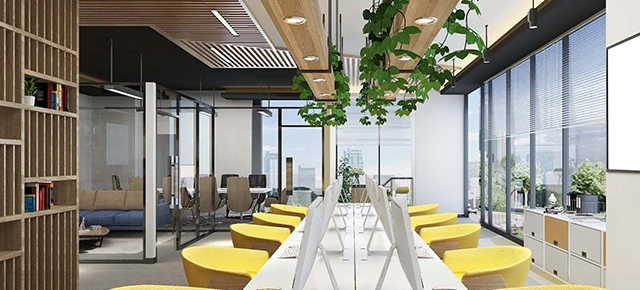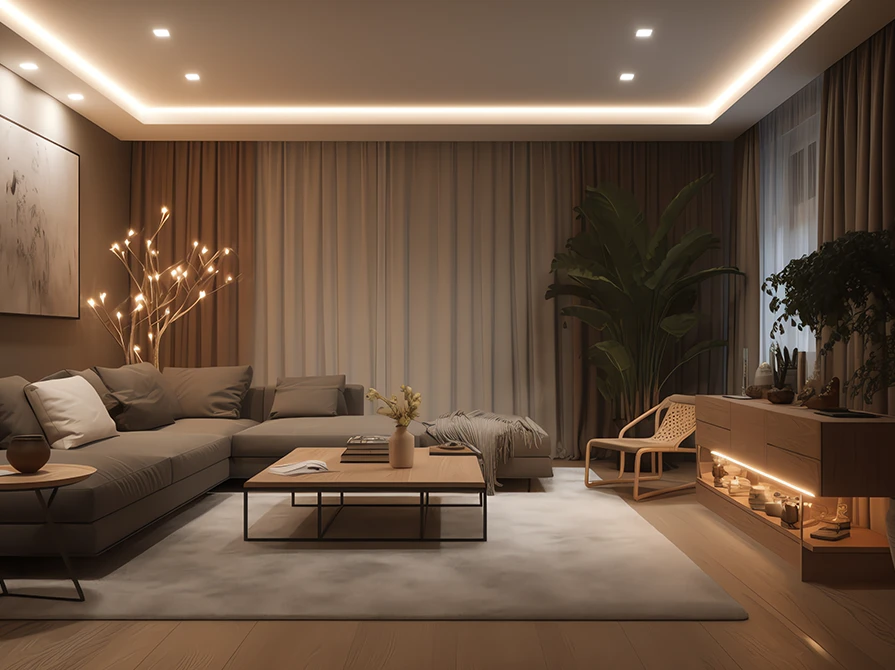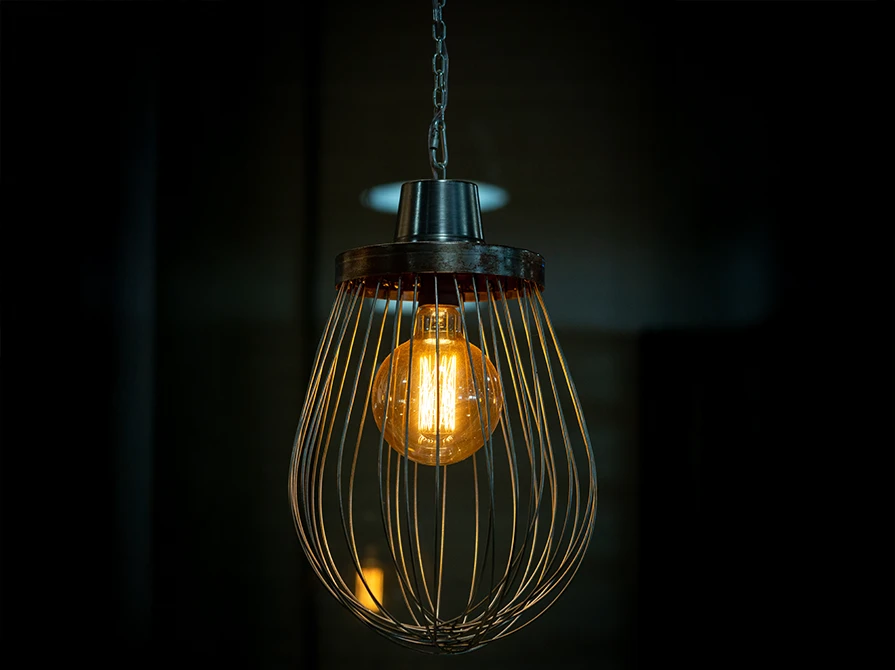


As the global conversation on sustainability gains momentum, the need for buildings to operate responsibly has never been greater. Among the many elements that define a sustainable structure, lighting is one of the most impactful. It not only influences a building’s energy profile but also shapes the comfort, productivity, and well-being of its occupants.
Green building lighting goes beyond simply replacing traditional fixtures with efficient ones - it’s about creating systems that are intelligent, adaptive, and aligned with environmental goals. By merging energy efficiency with occupant-centric design, modern lighting solutions pave the way for spaces that are as responsible as they are comfortable.
Whether in a new build or a retrofit, the right lighting approach can significantly reduce environmental impact, contribute to green building certifications, and deliver tangible operational benefits over time.
Green buildings are designed to consume fewer resources (energy, water, and materials) while maintaining high standards of occupant comfort and functionality. They promote responsible construction practices and long-term operational efficiency. Within this framework, lighting plays a pivotal role, directly influencing both environmental performance and human experience.
By optimizing lighting energy use and minimizing light pollution, green building systems strike a balance between environmental stewardship and practical usability, ensuring that sustainability and comfort coexist harmoniously.
LED technology has transformed the lighting industry, offering a combination of high energy efficiency and long operational life. Modern LED luminaires from innovators like Wipro Lighting deliver significantly higher efficiency compared to traditional incandescent or fluorescent options, while also requiring less frequent replacement.
In addition, luminaires with a low Unified Glare Rating (UGR) ensure a balance between efficiency and visual comfort, reducing strain and supporting a human-centric lighting approach.
Natural daylight is the most sustainable source of illumination, and when paired with advanced building design, it can greatly reduce the need for artificial lighting. Daylight harvesting systems use sensors to measure available daylight and adjust indoor lighting accordingly, ensuring optimal brightness while conserving energy.
Architectural features such as strategically placed windows, light shelves, and skylights further enhance daylight penetration while minimizing glare and heat gain. The result is a balanced indoor environment that feels natural and inviting.
Smart lighting controls are central to the concept of green building lighting. By integrating occupancy sensors, timers, and photosensors, these systems ensure lights are on only when and where they are needed.
Wipro Lighting’s intelligent solutions take this further, allowing dynamic adjustments based on real-time data - so energy is conserved without sacrificing user comfort. This approach not only supports sustainability goals but also makes lighting management more responsive and cost-effective.
The impact of green lighting extends into occupant wellness. Access to well-designed lighting, especially when it incorporates natural light, can enhance mood, boost focus, and reduce visual fatigue.
Green designs also prioritize ergonomics in lighting: ensuring adequate illumination for tasks, minimizing glare, and supporting circadian health. These elements contribute to higher productivity, better occupant satisfaction, and improved long-term well-being.
Wipro Lighting has been at the forefront of India’s green building movement, delivering lighting solutions designed to merge sustainability with occupant comfort. Their product portfolio includes human-centric lighting, advanced control systems, and tunable lighting solutions that adapt to user needs while minimizing energy usage.
By integrating innovation with environmental responsibility, Wipro Lighting continues to support the transition towards greener, smarter, and healthier built environments.
As technology advances, the scope of green building lighting is expanding. Integration with IoT platforms, data analytics, and AI is making lighting systems more adaptive than ever. Future-ready designs will not only respond to occupancy and daylight but also learn from user behavior to create truly personalized, energy-efficient environments. By merging sustainability with innovation, lighting is poised to become a critical enabler of net-zero buildings and climate-conscious urban spaces.
Green building lighting is no longer an optional upgrade; it’s a necessity for any forward-thinking architecture. From high-efficiency LEDs and daylight harvesting to advanced smart controls, these solutions represent a vital intersection between environmental responsibility and human well-being. By embracing green lighting strategies today, we don’t just cut energy costs or lower carbon footprints - we create healthier, more resilient spaces that serve both people and the planet.
Green lighting is the way forward. The challenge and opportunity now lie in ensuring that every building, new or old, is illuminated with responsibility, intelligence, and care. Get in touch with us to know more about how our cutting-edge green building lighting solutions can help bolster your energy conservation efforts.







